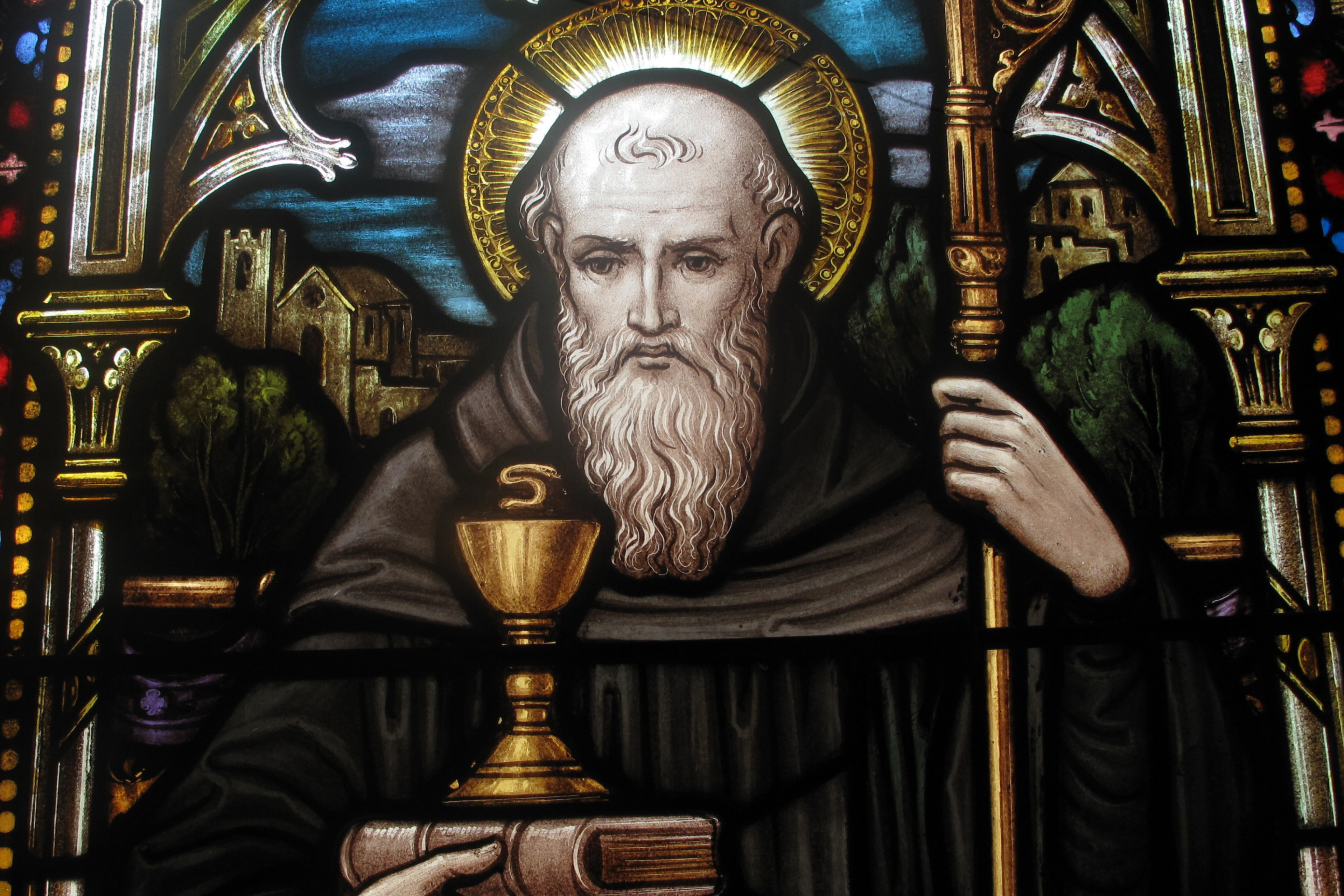Benedictine Reading
The most visible part of Benedictine prayer is the liturgy of the hours: seven times a day the bell rings, and the monks stop doing whatever they have at hand to gather in the church to pray together. And they also take time for personal prayer. In his Rule, Saint Benedict spoke of the importance of spiritual reading of the Bible, also called Lectio Divina. This existed already before Benedict, and consists of four basic steps to help you pray.
- Read — take a Bible text, read it slowly, and see what it says in itself.
- Meditate — take time to absorb what you read and ponder on the meaning of the text.
- Pray — speak to God on the basis of what you read, praising, asking, thanking…
- Contemplate — basically just be with God, surrendering yourself to him, trying to see things from his perspective. As a final point, bring your faith into action by learning more about God and helping your neighbour.
Carmelite Mysticism
Love much, do not think much, Saint Teresa of Avila said about prayer. She refrained from giving a specific method, and saw prayer as a friendly conversation with God. ‘We need no wings to go in search of God, but have only to find a place where we can be alone and look upon him present within us.’ First, prayer is not in abstract thinking, but in realising the love of God for you — and his presence in your soul. Second, be willing to spend time alone with God, surrendering yourself to him, letting go of your personal desires. Third, try to look at God present in your soul. Teresa’s advice: ‘Do not tire your brain by trying to work it during meditation.’ Contemplative prayer is about contemplating God, about looking at him, like you could look at a sleeping person whom you love, without any words or action.
Ignatian Searching
Saint Ignatius gave a very specific description of how to go about praying in his Spiritual Exercises, which helped many people to learn to pray and to find God’s Will. His step-by-step approach is easy to apply, and has been added as an example. Ignatius wanted to find God in everything, which is why he placed much emphasis on a brief evening prayer. Look back over your day to see how God was present, and what he might have wished to say to you.
Each of these three approaches to prayer may help you at some point, but note that what works for your neighbour may not work for you. Speak about your prayer method with your spiritual director and find which approach suits you best. Do you dare to try all three ways of prayer?
 This blog is extracted from Online With Saints, which offers a virtual encounter with hundreds of saints from all around the world and all paths of life, linking their inspirational stories to real-life modern questions and providing answers.
This blog is extracted from Online With Saints, which offers a virtual encounter with hundreds of saints from all around the world and all paths of life, linking their inspirational stories to real-life modern questions and providing answers.
Find out more about the saints mentioned in this blog, as well as many others, and learn how their stories can relate to your life, by ordering your copy of Online With Saints.
